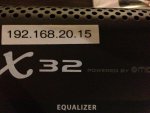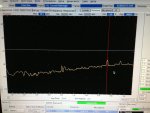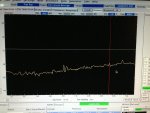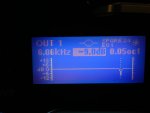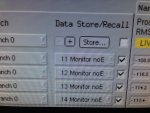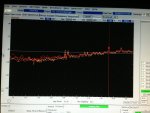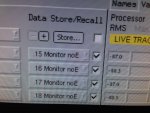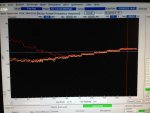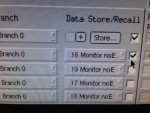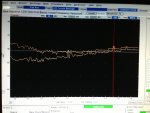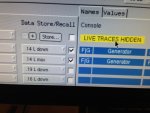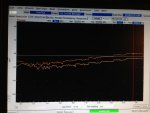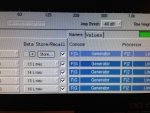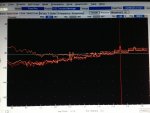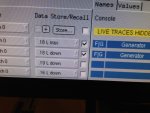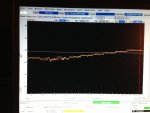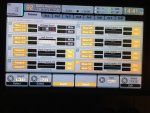Re: 2.0 Feature Request
This relates to the graphic eq access and usage:
1) Differentiate more clearly between channels on the Dual Graphic mode. Now, the only difference is one says "A" and the other says "B", which is very subtle when you are in the heat of battle and needing to get there to stop the catastrophe currently underway.
--1a) Best would be the mix bus name on each, in big letters, along with a color difference or something similar so that you KNOW which one you are looking at and don't need to look for anything subtle.
--1b) Make it possible to get to each one with two buttons (one for each side of the dual) in the user definable area. Now you can only get to the "Dual EQ", and you have to further toggle between sides of the dual unit. One button access, please.
2) We could be missing something, but there does not seem to be a way to copy and paste from one side of the Dual EQ to the other. That would be good.
3) Allow FX 3 and FX 4 to have insertable EQ's just like FX 5-8. There doesn't seem to be a way to do that now, even though EQ's are selectable as an effect, but we want them as a bus insert, not as an effect. Am I missing something here as well? (This one resolved by Fiona's post #4984.)
This, plus a solution to the monitor-out whine that I will address separately, would make the X32 into an astonishingly complete monitor console.
And while there is a valid argument to be made about the benefits of parametric EQ's vs. graphic EQ's, the argument stops when the people I need to please in order to be hired again have absolutely no interest in a discussion and want graphics on their damned mixes or they will be demonstrably and continuously and vociferously unhappy.
Thanks!
This relates to the graphic eq access and usage:
1) Differentiate more clearly between channels on the Dual Graphic mode. Now, the only difference is one says "A" and the other says "B", which is very subtle when you are in the heat of battle and needing to get there to stop the catastrophe currently underway.
--1a) Best would be the mix bus name on each, in big letters, along with a color difference or something similar so that you KNOW which one you are looking at and don't need to look for anything subtle.
--1b) Make it possible to get to each one with two buttons (one for each side of the dual) in the user definable area. Now you can only get to the "Dual EQ", and you have to further toggle between sides of the dual unit. One button access, please.
2) We could be missing something, but there does not seem to be a way to copy and paste from one side of the Dual EQ to the other. That would be good.
3) Allow FX 3 and FX 4 to have insertable EQ's just like FX 5-8. There doesn't seem to be a way to do that now, even though EQ's are selectable as an effect, but we want them as a bus insert, not as an effect. Am I missing something here as well? (This one resolved by Fiona's post #4984.)
This, plus a solution to the monitor-out whine that I will address separately, would make the X32 into an astonishingly complete monitor console.
And while there is a valid argument to be made about the benefits of parametric EQ's vs. graphic EQ's, the argument stops when the people I need to please in order to be hired again have absolutely no interest in a discussion and want graphics on their damned mixes or they will be demonstrably and continuously and vociferously unhappy.
Thanks!
Last edited:

